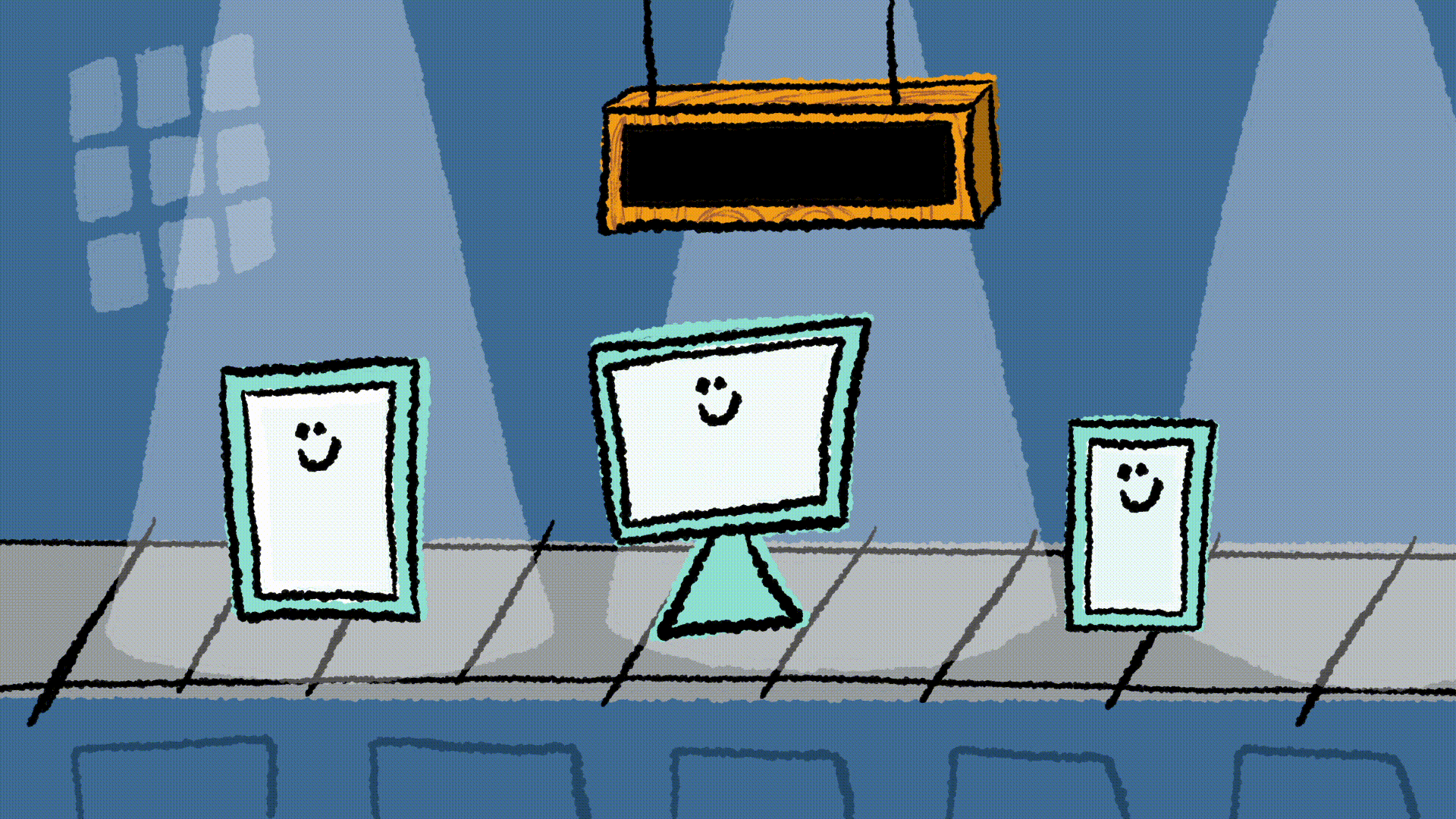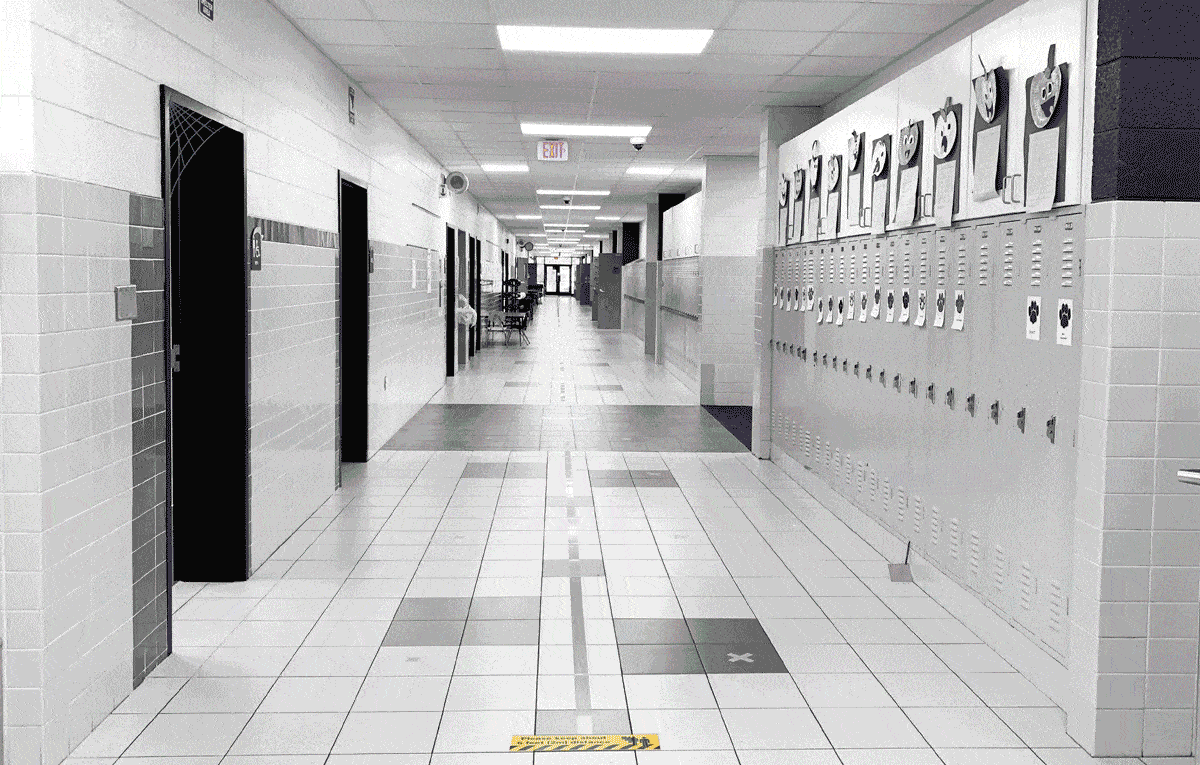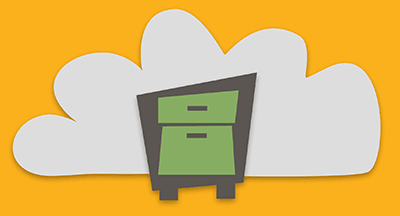
Education technology has weathered a whirlwind of changes over the last twenty years.
Computers used to be given a single cozy room, a safe little clutch of desktop machines easily managed with simple access to block content that should never ever appear on a screen at a school. Then came the personal cell phone, quickly followed by its ability to connect to the internet and everything got a lot harder to manage.
Schools have flip-flopped between banning and encouraging cell phone use in BYOD programs. 1:1 programs popped up to accommodate cloud-based practice applications. Then came a pandemic, which further stretched the limits of school devices and connectivity.
The solutions for accommodating various tech challenges are as diverse as the school districts and IT pros who implement them. But when it comes to contraband apps—think TikTok, YouTube Shorts, AI writing tools such as chatGPT, and more—what’s the protocol?
On one hand, banning apps can stem from a valid educational interest: are these types of apps, which fall on the fun or maybe even a bit shady side of the spectrum, even important on a school device? Some districts say no.
Learning apps only
As school moved into a virtual setting, some K12 IT teams decided to limit access on school-issued devices to only those required for school. On paper, this sounds super reasonable. In real life, exceptions and quirks pop up. A student is up all hours of the night on a school-issued device using Zoom. Is this a problem for IT to solve, or for parents, or someone else?Take for instance the elephant in the room, the Seattle Public School District lawsuit against tech giants for their role in the worsening student mental health crisis. The district points to a 30% increase between 2009 and 2019 in students reporting hopelessness and sadness lasting weeks at a time. Why is a school district leading the charge to protect kids online? Their unique insight into the technology use of students could be one reason.
Awaiting a David v. Goliath et. al. resolution of the case, schools may simply elect to ban the apps causing such anguish and distraction. On a school-issued device this is pretty cut and dried—after all, limiting access has been around since the days of blocking whitehouse dot com (tell me you went to middle school in the early 00s without telling me). Where does this leave BYOD devices, then?
Consider public universities in Texas using campus network settings to ban access to certain apps. It’s not unheard of at all—the Texas Tribune points out more than half of states have banned the use of TikTok on government devices due to its cybersecurity risks. A similar statewide ban trickling down to the public K12 level wouldn’t exactly be surprising. After all, schools are already blocking apps on their own volition.
We can, but should we?
Is a blanket ban the right thing to do? Does anyone in the district have a right to access any site or app at any time? Definitely not. Each application shares data with its creator, and educators have a duty to protect student data alongside the students themselves. That means making difficult decisions to protect the collective, even when it’s unpopular. The safety and health of humans (and hardware) are most important.On the other hand, stifling real life interaction by limiting access to places people gather online seems counterintuitive. If students are using these apps anyway, shouldn’t they learn how to be safe? It’s a question for the ages, even when it feels like it might be easier to give up and build yourself the equivalent of a modern computer lab (or a time machine—same difference).
Banning access to certain apps may disappoint people who use them, whether for recruitment or legitimate educational purposes. Tough decisions create both the potential for pushback and questions as educators navigate a gray area rather than an obvious choice to eliminate harmful content. The benefits are there, but the risk may be so high there’s no wiggle room.
Follow-up resource: And now for something completely different
On the opposite end of the spectrum, explore content literacy with students.WHAT'S NEXT FOR YOUR EDTECH? The right combo of tools & support retains staff and serves students better. We'd love to help. Visit skyward.com/get-started to learn more.

|
Erin Werra Blogger, Researcher, and Edvocate |
Erin Werra is a content writer and strategist at Skyward’s Advancing K12 blog. Her writing about K12 edtech, data, security, social-emotional learning, and leadership has appeared in THE Journal, District Administration, eSchool News, and more. She enjoys puzzling over details to make K12 edtech info accessible for all. Outside of edtech, she’s waxing poetic about motherhood, personality traits, and self-growth.





